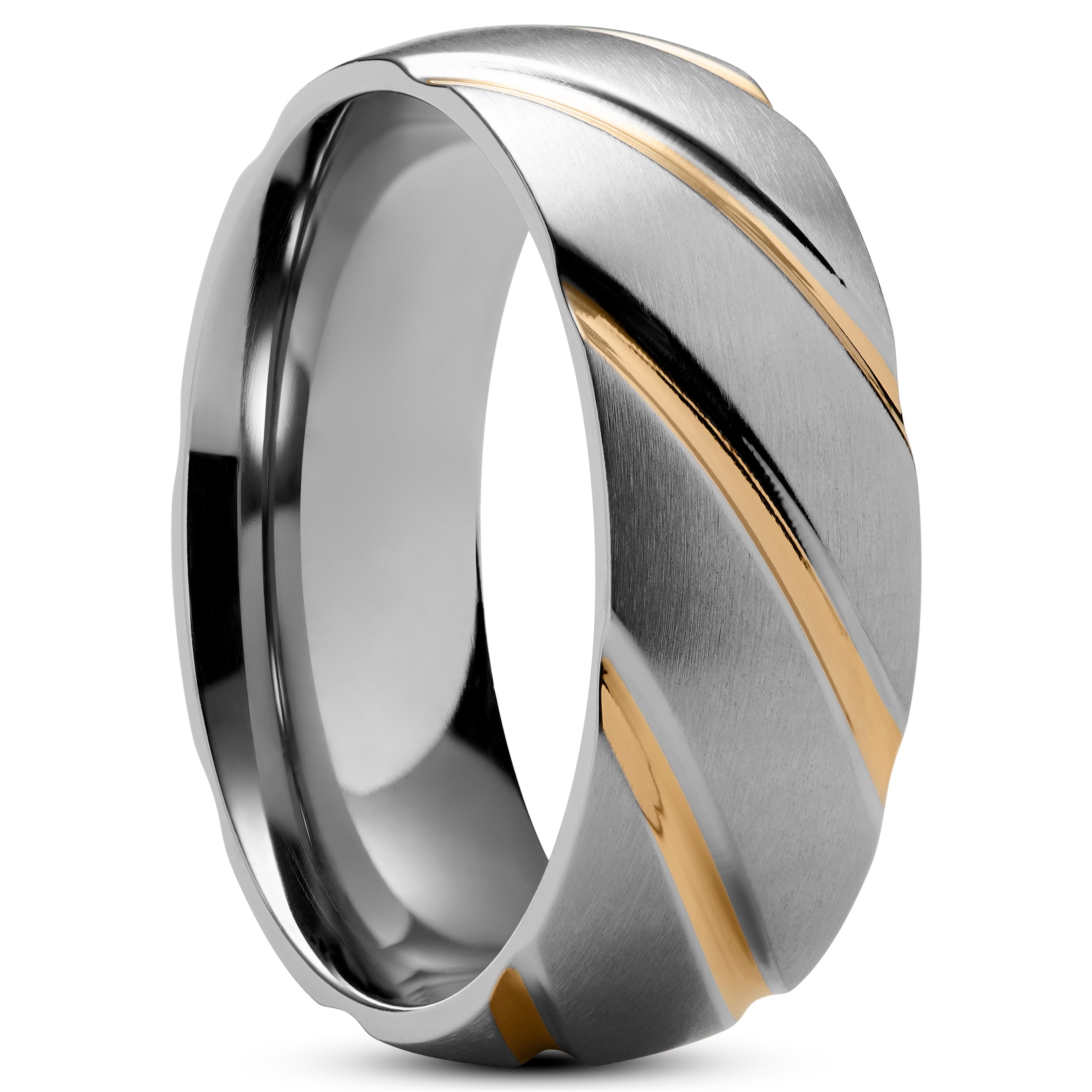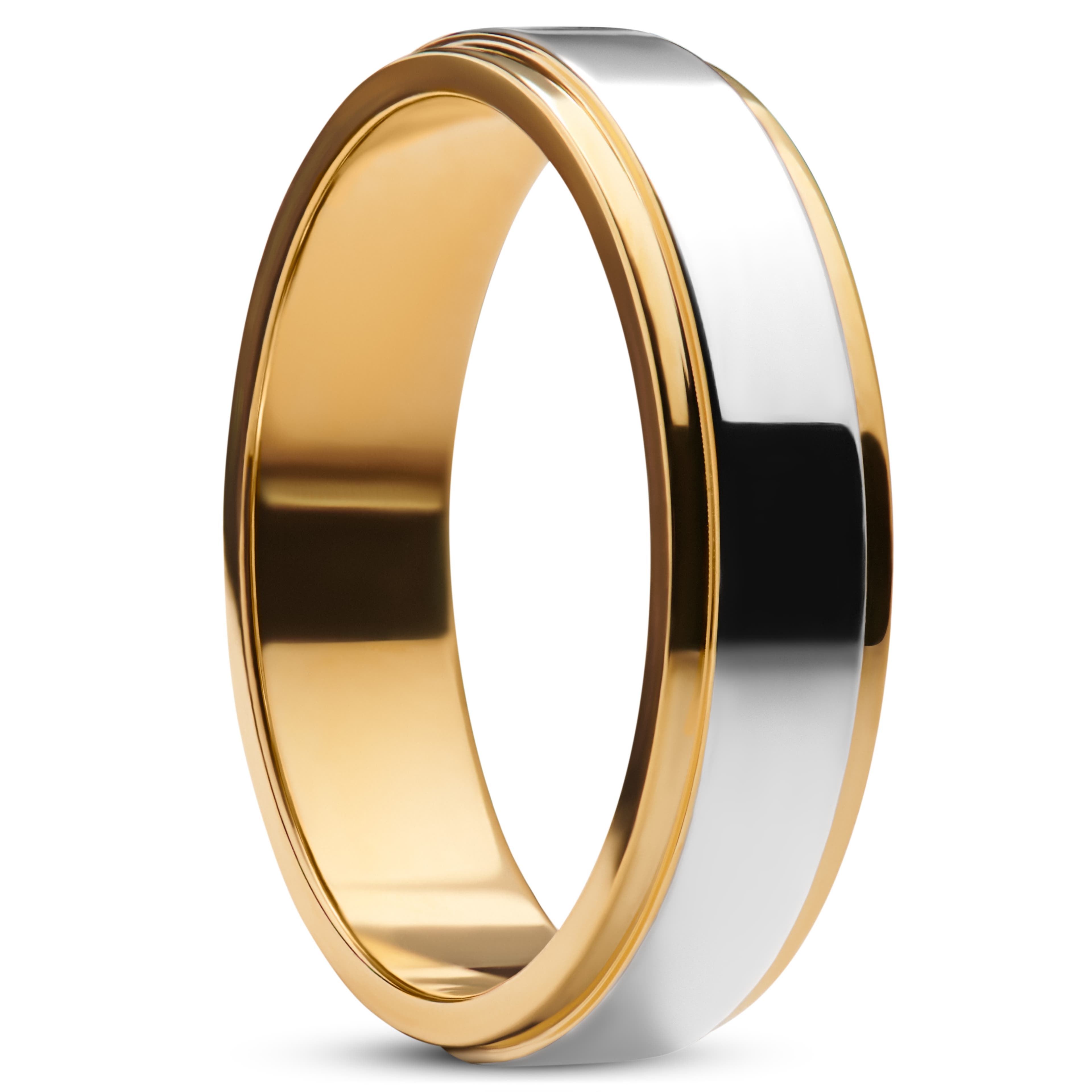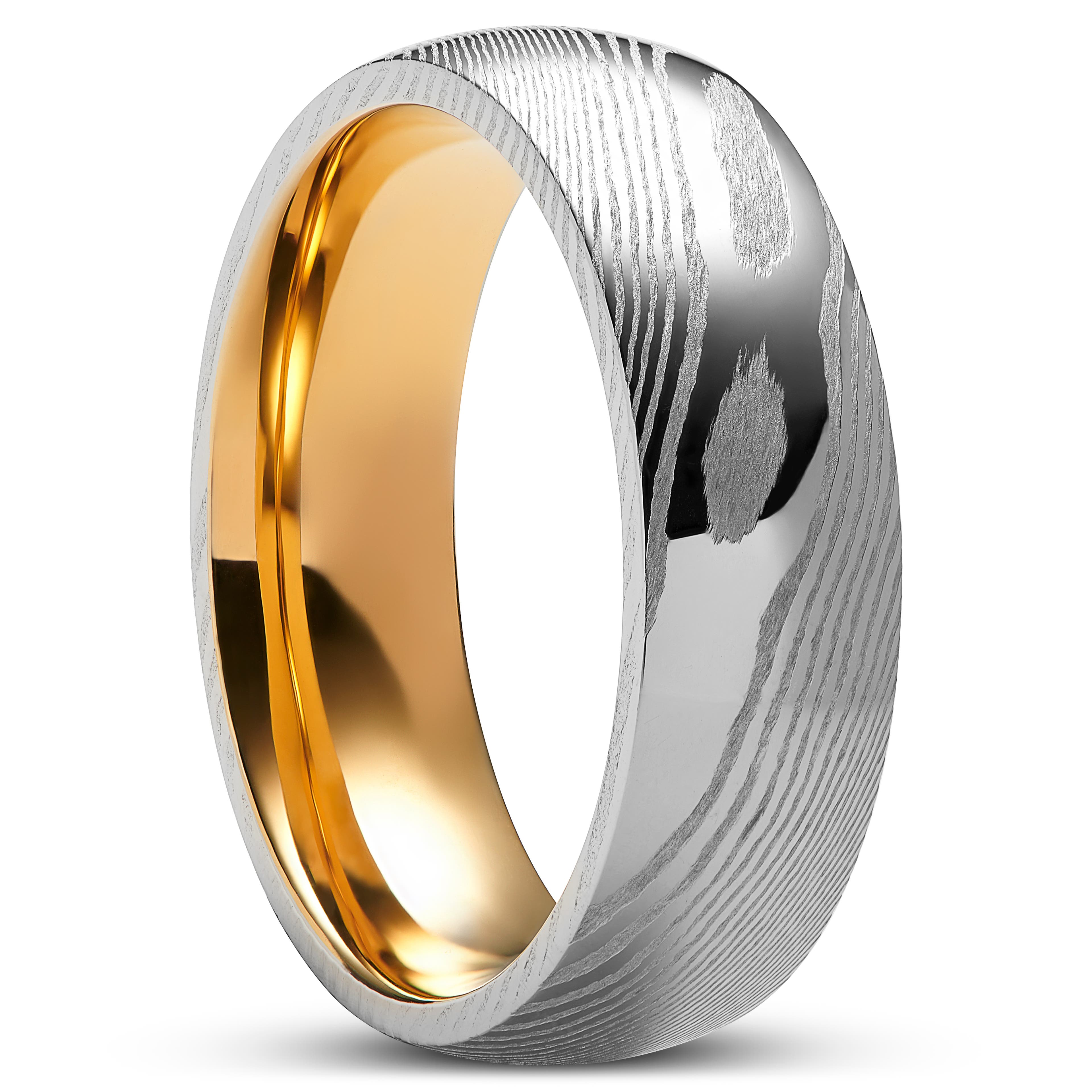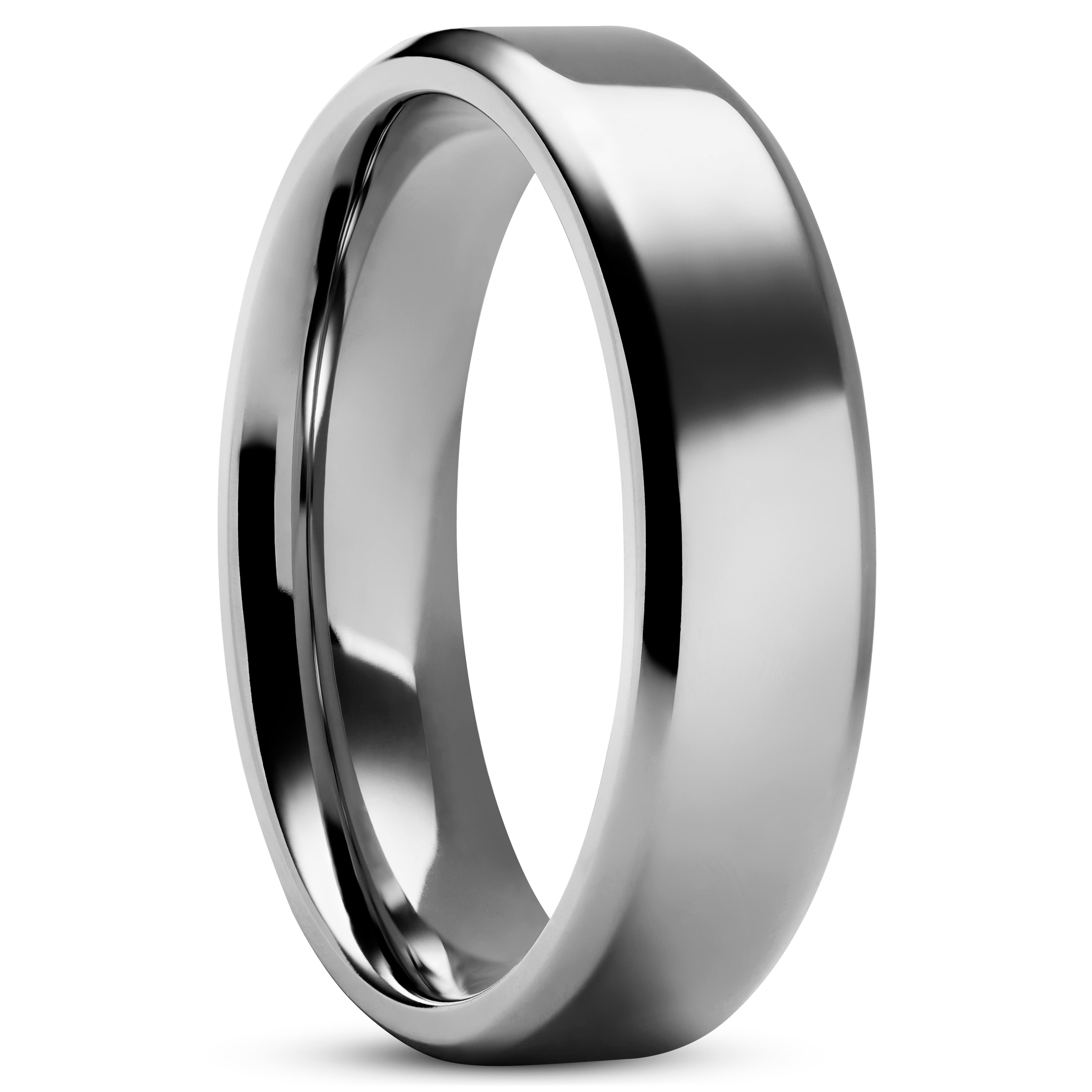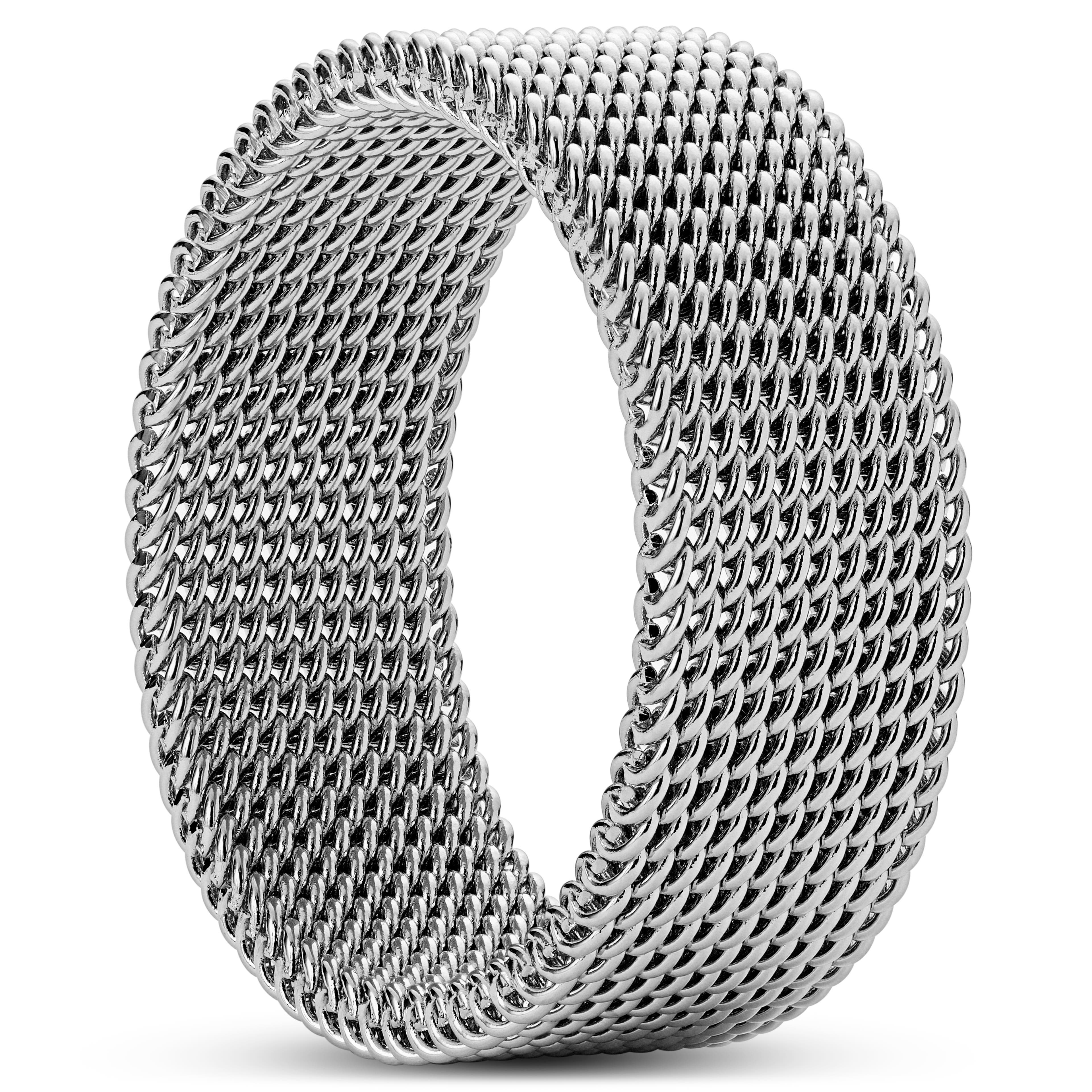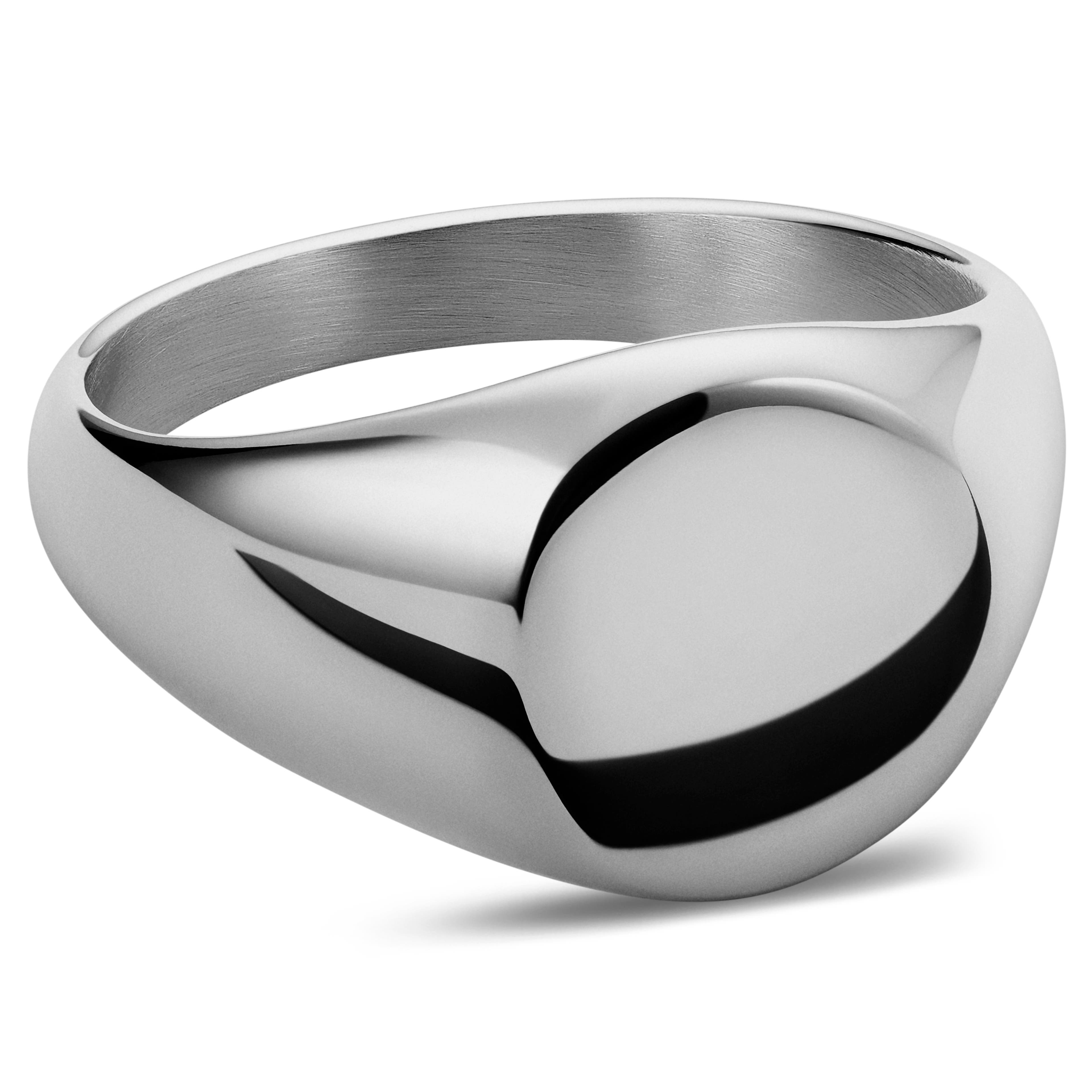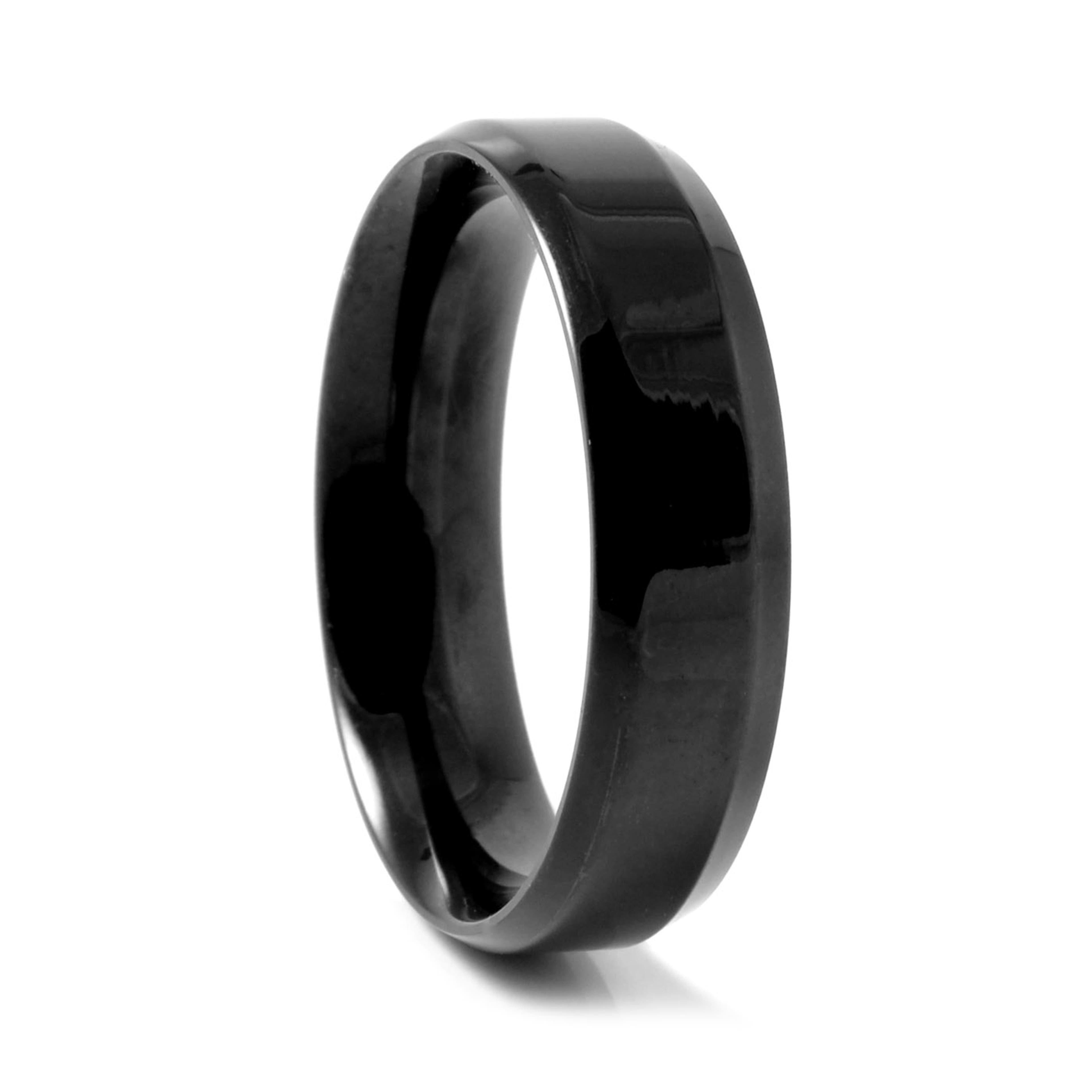Engagement rings for men
A growing trend
If you’re a cisgender straight man from anywhere outside of South America and Northern Europe, you might ask yourself: “Engagement rings for men? Is that a thing?”
Yes. They’re a thing. In many parts of the world, both men and women wear a ring on their ring finger to symbolise their engagement. In Iceland, engagement rings are exclusively sold as sets of two. Thanks to growing recognition of same-sex marriage and gender equality, this tradition is spreading to other parts of the world.
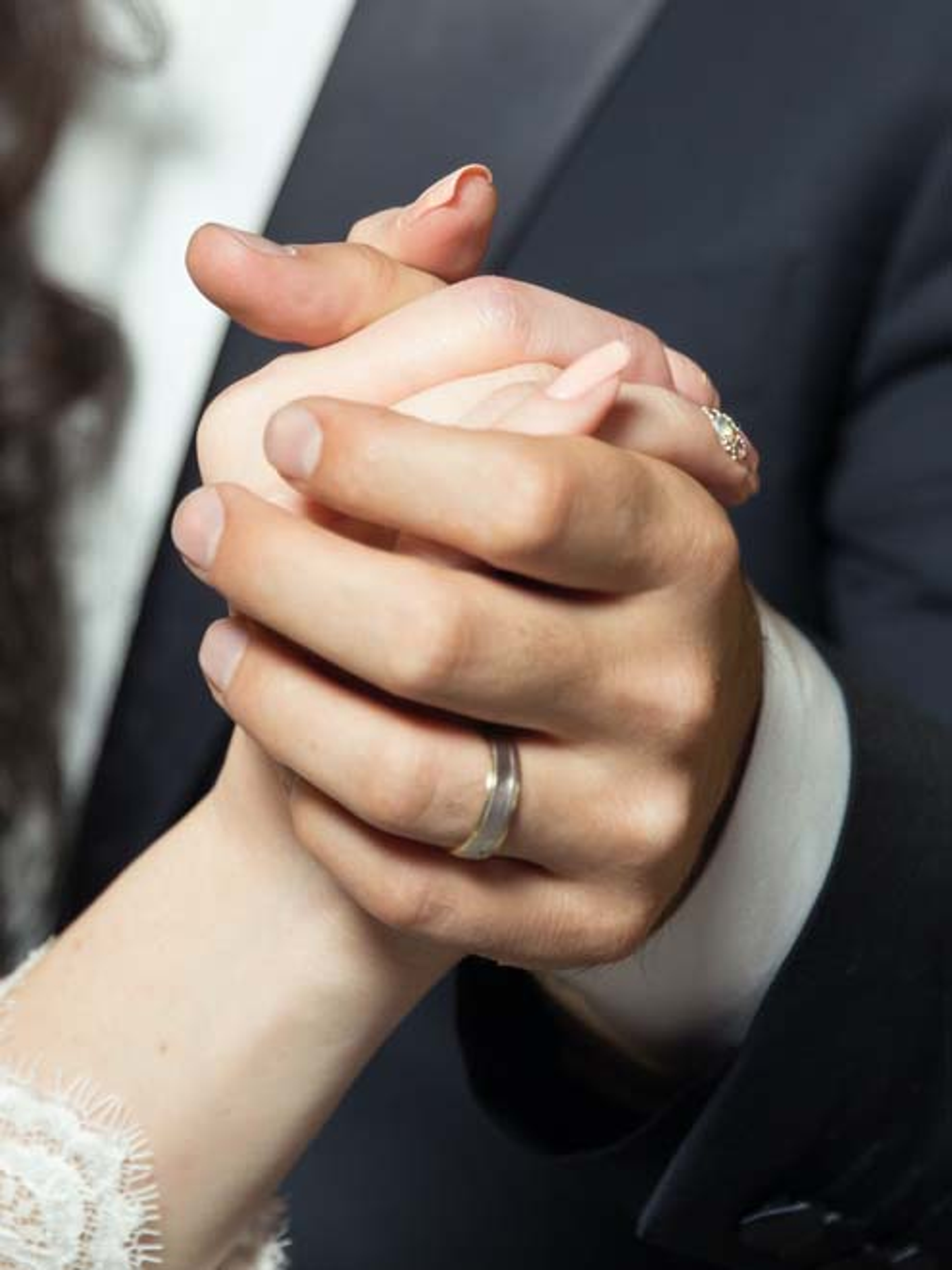
But where does the tradition of engagement rings come from and why are they just starting to gain traction for men now?
A Short History of Engagement Rings
A sign of possession turned sign of devotion
The Romans believed that the fourth finger on the left hand (falsely counting the thumb as a finger) contained the Vena Amoris, or ‘vein of love’. Despite its romantic name, engagement rings were a sign of ownership at the time. Most engagement rings were made of hemp, leather, or bone, and only the wealthiest of men gave their soon-to-be wives rings of gold or silver, and then only to show off their wealth.

The use of engagement rings spread throughout Europe in the middle ages due to the long waiting period between betrothal and marriage. Still, these were only worn by women and indicated ownership rather than partnership.
In fact, it’s only in the 20th century that marriage has come to be regarded as a partnership of equals and traditions surrounding engagement and marriage have been in constant flux as a result. Every culture has slightly different traditions when it comes to engagement, and in the global community we now live, the choice of how you celebrate your relationship is yours.
Today’s Engagement Traditions
A smorgasbord of options
In addition to same-sex couples, many men choose to wear an engagement ring to honour their soon-to-be wives. Why should she wear a sign that she’s taken if he doesn’t? You may have popped the question, but her answer took you both off the market. It’s also becoming more common for women to ask men for their hand in marriage, rather than the other way around.
Purity rings and promise rings are sometimes considered equal to engagement rings as they signify a certain form of faithfulness, and style-wise, there’s very little difference between them.
An engagement ring is a promise. A promise you make to be faithful to your partner even though you’re not legally required to just yet. In that sense, an engagement ring is more impressive than a wedding ring. An engagement ring means you’re faithful to your partner by choice. A wedding ring means you’re doing it for the taxes. Some couples even choose to stay engaged forever.
How to Wear a Men’s Engagement Ring
There are no rules… only guidelines
You wear your engagement ring on your ring finger - which one is up to you. Local custom differs on the subject. In some cultures, engagement rings are worn on the left ring finger and reused as wedding rings. In others, you’d wear it on your right hand and then the wedding band goes on the left. Yet others would wear it on the left and then move it to the right to make room for the wedding ring, or even suspend it from a chain around your neck or stop using it entirely. British gentlemen would wear their wedding rings stacked below their family signet rings.
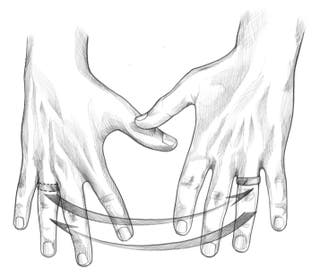
Long story short, the choice really is yours. If you want to follow the local custom, ask your local jeweller, but keep in mind that it’s your relationship, your story, and your choice.
The Various Types of Engagement Rings for Him
Comfort or security? Flashiness or longevity?
Materials
Much like wedding rings, engagement rings are traditionally made of gold, platinum, or silver, but like most traditions, this is changing. You probably know an older gentleman who’s worn a gold wedding band for decades. Look at it closely, and it’ll be full of bumps and scratches, and he’ll tell you how often he’s taken it in to be smoothed out and polished. This is because, in addition to being expensive, gold, platinum, and silver are soft.
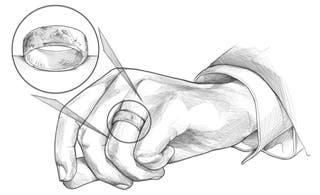
Modern materials like titanium, ceramic, carbon fibre, surgical-grade stainless steel, tungsten, and even silicone offer alternatives that are stronger, more comfortable, more affordable, and longer-lasting.
Titanium is strong, lightweight, and hypoallergenic; ceramic is non-conductive; surgical-grade stainless steel is affordable, strong, and easy to form; and silicone is elastic, comfortable, and easily replaceable. The choice of material is no longer limited by tradition. Choose the material that best fits you and your lifestyle.
Surface Treatments
Let’s face it: pure gold and platinum rings cost an arm and both kidneys. That’s why many go for plated engagement rings. The most common of these are chemically gilded sterling silver rings with a layer of gold attached to their surface. This type of plating results in a thin layer that loses its colour over time, and because it’s one metal layered on top of another, it’ll flake if damaged. Any scratches will reveal the hidden base metal underneath, and since both silver and gold are soft, you’ll have to take really good care of it if you want it to last.
A relatively new type of surface treatment is PVD coating. Titanium nitride is superheated to plasma and shot at the object inside a vacuum chamber. This fuses it with the surface at the molecular level. Because this happens inside a vacuum and is done at such extreme temperatures, the process is environmentally friendly. Very little material is wasted and no toxic chemicals are released as a result. The hard ceramic layer this forms is scratch resistant, will not tarnish, and since it’s fused to the metal at the molecular level, it’ll neither fade nor flake.
Size and shape
Wedding rings are simple for a reason. They’re made to be worn for the entirety of a man’s life, so they have to fit every man and any style. We all go through phases in our lives and change styles accordingly, but our wedding rings are meant to be static.
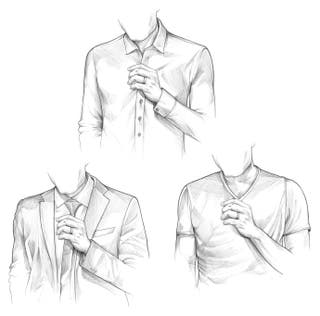
This is not the case with engagement rings. If you don’t intend to use the same ring as your wedding ring or move it between fingers, an engagement ring is only meant to be worn from the time you say ‘yes’ till the time you say ‘I do’, so feel free to go as wild as you please. As long as you wear it on your ring finger, it’ll say what you want it to say. Check out the Ultimate Guide to Rings for Men for more info on ring types and shapes.
If you intend to wear it as (or with) a wedding ring, go for something simple that won’t clash with anything else you wear. If your skin tone is warm, gold tone is a safe bet, and if it’s cold, silver tone or steel will fit you nicely. And, as always, black goes with anything, but it may not be particularly celebratory as an engagement ring.
A man’s engagement ring should be noticeable and masculine but not comically oversized or too dainty. Go for a ring between 6 - 10 mm thick and you’ll be in the goldilocks zone of masculine style. If you work with your hands, a brushed steel or satin look will hide the inevitable signs of wear that will appear, and a texture or pattern will make them less noticeable. No matter how tough or scratch-resistant a material is, it will show marks with time. The difference is how many and how prominent.

Profile
This is probably the most overlooked feature of engagement rings. Rings come in a multitude of profiles, as seen on the sketch below, and most engagement rings for men fall into the category of classic court or flat.
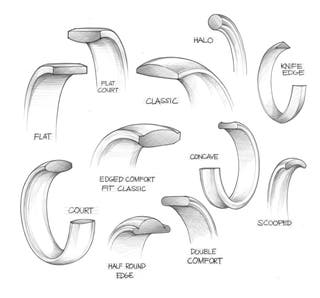
A flat ring has hard edges and carries a rough aesthetic. These rings sit very well as their entire width is in contact with your skin and the surface tension keeps them exactly where you want them to be. However, if you get a thick ring, you’ll get ring rash if you don’t take it off every once in a while to let your skin breathe. And, because of their edge, putting them on and taking them off isn’t as comfortable as it is with court rings.
Court rings are curved on the inside, making them extremely comfortable to wear, put on, and take off. Because they’re curved, less moisture gets trapped under the ring, so you’re less likely to get ring rash. However, less of their inner surface is in contact with your skin, so they’ll feel looser than flat rings will.
The secret to a ring that both of you are happy with is taking your style and lifestyle into account when picking one out.
Wedding Rings vs. Engagement Rings
What’s the difference?
Honestly, not that much. Some cultures use the same ring for both purposes and others wear both at the same time, meaning both have to have timeless, simple designs. Check out our Ultimate Guide to Wedding Rings for Men.
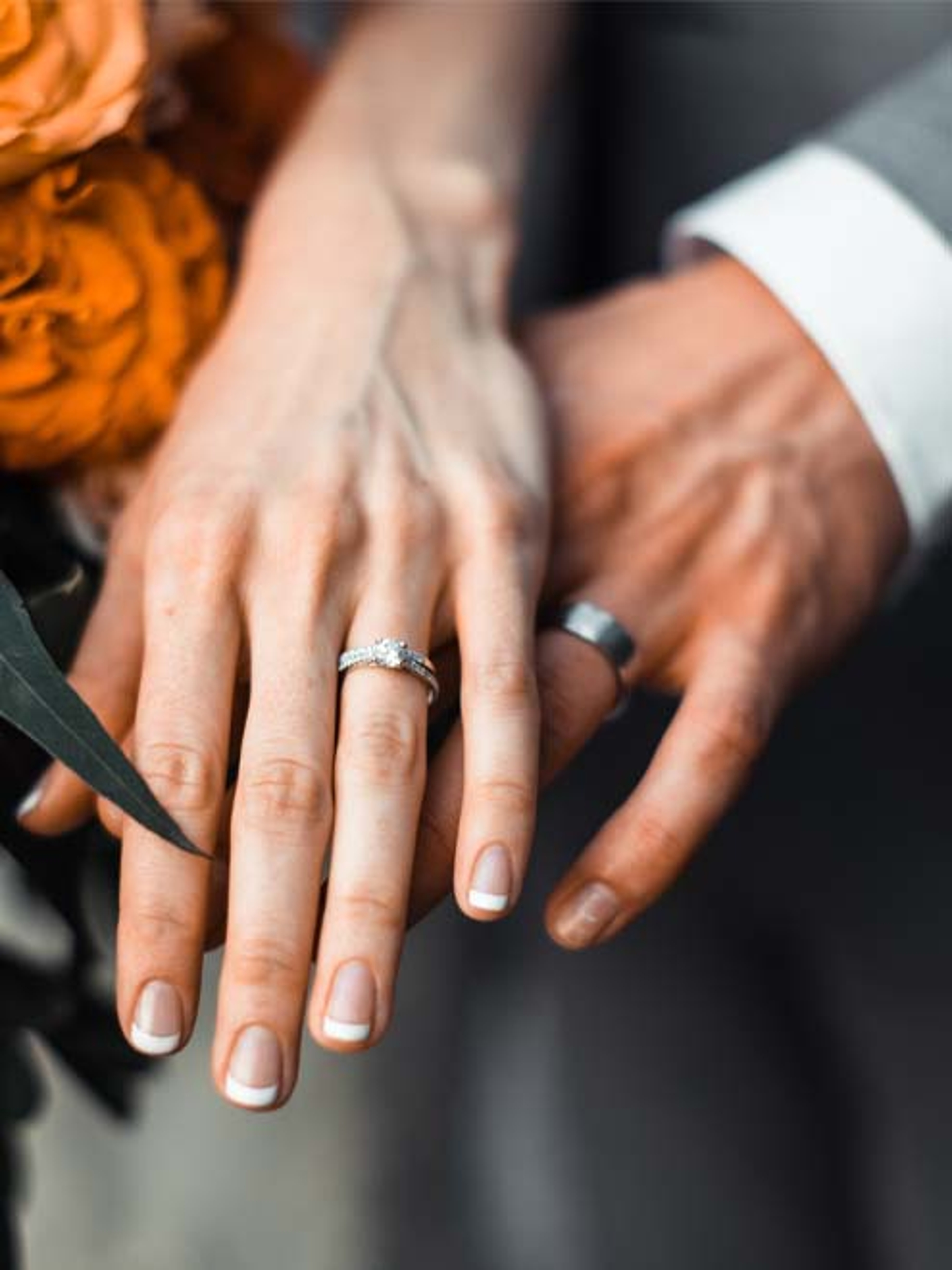
But if you intend to replace yours with a wedding ring one day, here’s a good way to think about it: Your engagement ring is for now; your wedding ring is forever. Get an engagement ring that celebrates your relationship and communicates how you feel in this moment.
Long Story Short…
You do you
Engagement rings have a long history but just like every tradition, they’re constantly evolving. The same goes for modern relationships. An engagement is a promise that you’ll be devoted to one person for the rest of your life, but it is up to the two of you to define the parameters of that promise - and that’s not to mention polyamorous relationships and other alternative types of family unions. Just like no one else can define how you live your lives together, no one else can tell you how to celebrate your love for one another.
Your engagement is one of the most important chapters of your story. How you tell it is up to you.


